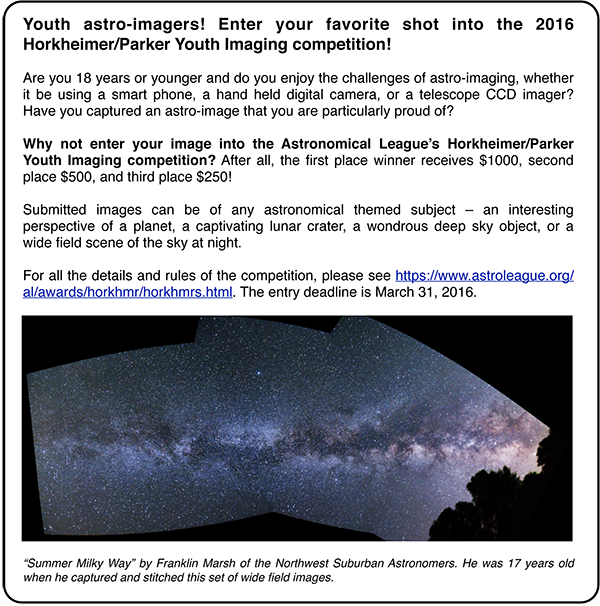From the White House Office of Science and Technology Policy:
The event will bring together scientists, engineers, and visionaries from astronomy and the space industry to share their experiences with students and teachers as they spend an evening stargazing from the South Lawn. In addition to inspiring students and stargazers from across the country to learn about the newest astronomical discoveries and the technologies that enable us to explore and live in space, we are continuing progress on the President’s call to action to expand access and opportunities for students and adults to participate in the wonders of science and space.
The White House hopes that scientists and amateur astronomers will join in celebrating the White House Astronomy Night by hosting their own events at observatories, schools, planetariums, museums, and astronomy clubs nationwide on October 19.
Questions? Contact…
Meredith Drosback, the Assistant Director for Education and Physical Sciences at the White House Office of Science and Technology Policy and
Tamara Dickinson, the Principal Assistant Director for Environment and Energy at the White House Office of Science and Technology Policy
at AstronomyNight@ostp.gov.
Complete information:
https://www.whitehouse.gov/blog/2015/08/21/white-house-astronomy-night-celebration-science-technology-and-space
Continue reading








